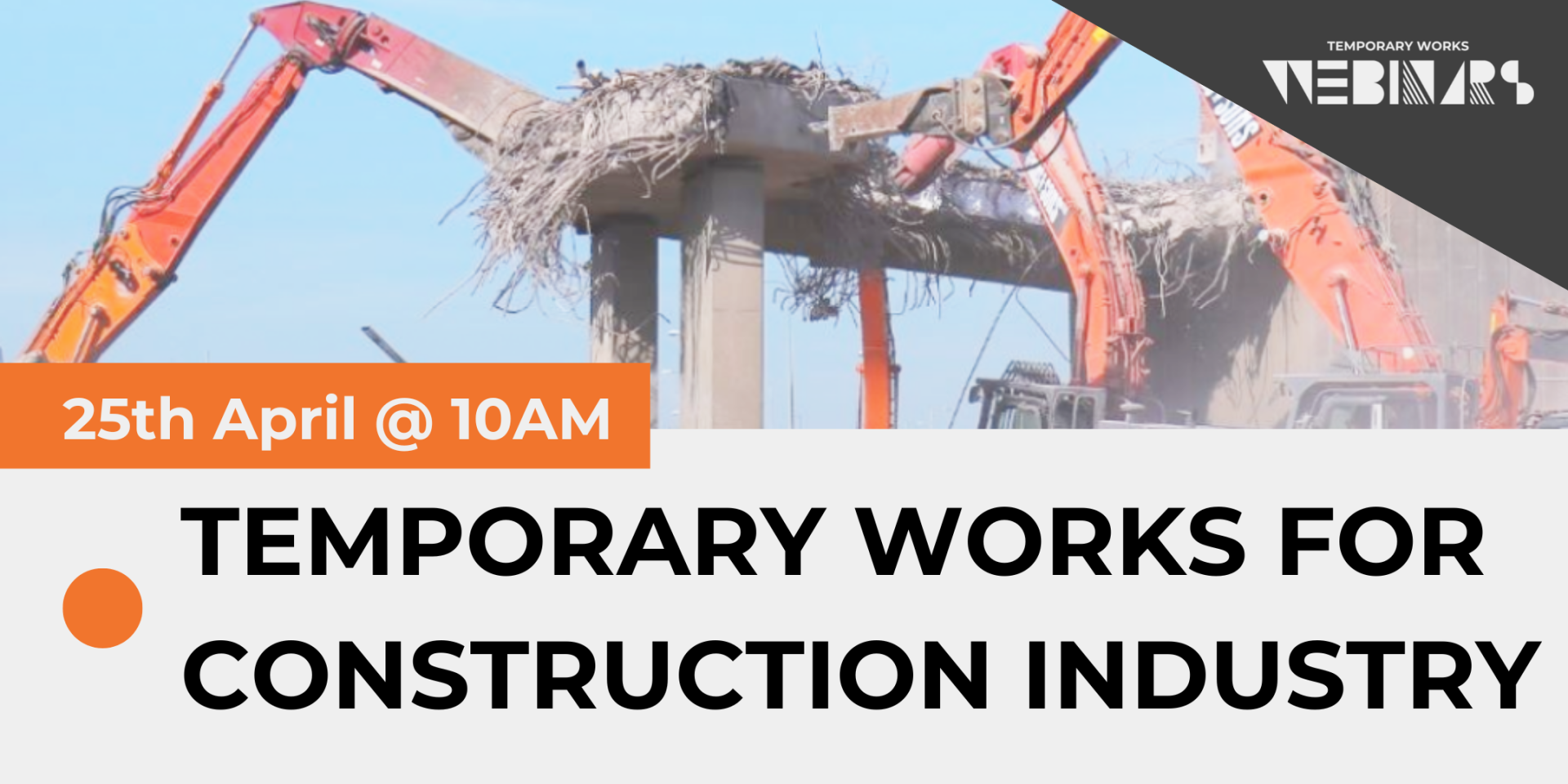
A structured overview of the revised BS5975 standard and what it means for how construction professionals manage Temporary Works.
The webinar is a resource for anyone who implements or oversees temporary works.. It is aimed at engineers, contractors, site managers, and those in supporting or oversight roles responsible for delivering safe and compliant projects.
It provides clear, technical guidance supported by practical examples and commentary on best practice. It also offers a useful update for those familiar with BS5975:2019 who want to understand what has changed.
Watch the video below to understand how to manage temporary works in line with current best practice and regulatory expectations.
Speakers: Joshua Martin, David Stevens
How To Manage Temporary Works
This session focuses on the practical application of BS5975:2024, highlighting how responsibilities, procedures and risk controls have evolved in the latest code revision.
Drawing on real-world scenarios to demonstrate how to apply the guidance in the field.
Key topics covered in the webinar include:
-
An overview of the changes introduced in BS5975:2024, including clarification of roles, procedural updates and revised categories of temporary works
-
The function and importance of the Temporary Works Coordinator (TWC) in ensuring safe delivery and control
-
The step-by-step process for managing temporary works from concept through to removal, including design brief, check stages and sign-off
-
How to ensure coordination between designers, contractors and site teams to avoid miscommunication or design clashes
-
The importance of site-specific risk assessment, early planning and clear documentation
Joshua and David also explain the wider structural implications of temporary works and reinforces the need to consider global stability, sequencing and interaction with permanent works.
Particular attention is given to how temporary works must adapt to varying site conditions, loadings and project types.
The revised standard places greater emphasis on procedural control and early engagement. This means that assumptions must be minimised, and responsibilities clearly assigned from the outset. The TWC is no longer just a compliance role but must proactively coordinate input from design and site teams throughout the process.

